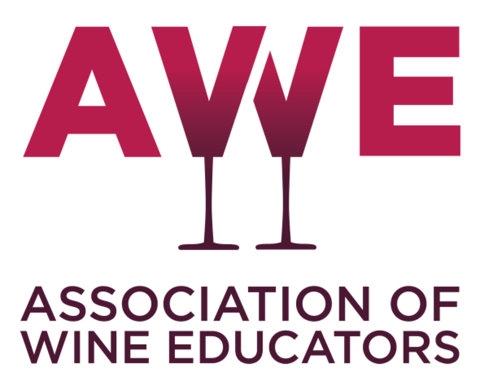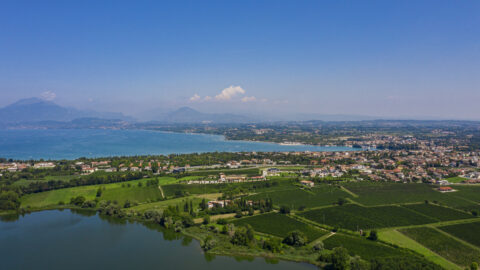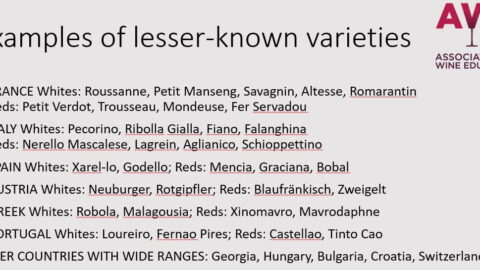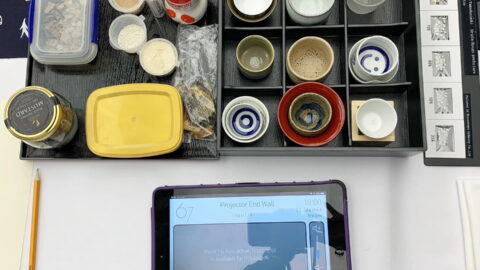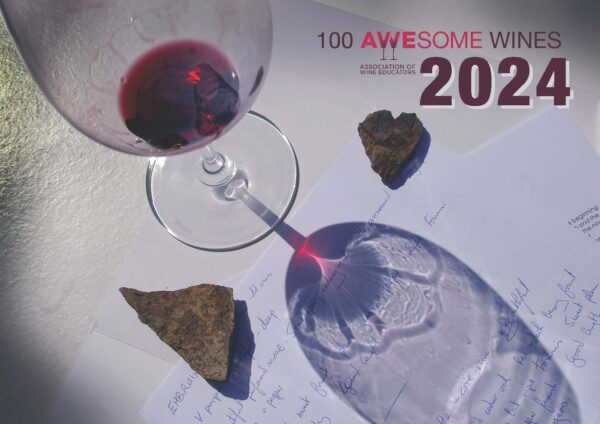The Marche region and Verdicchio grape might seem unlikely fodder for a whole day of specialist seminars with Ian d’Agata of the Indigena Wine School – but having signed up for the morning only, I found myself so enthused by lunch time that I stayed on for the two afternoon tasting sessions as well!
As Ian D’Agata pointed out, Verdicchio is a victim of its enviable ability to turn out great quantities of perfectly decent wines at high yields with no loss of concentration. What a Pinot Noir producer might give for that! There is a lot of it and it is mostly good and mostly cheap and so we disregard it. I was about to discover the scale of my omission……..
Over the course of the seminars we tried 20 Verdicchios, including a fantastic late-picked passito example, several wines from the lesser known Matelica DOC and some excellent examples of older Castelli di Jesi Reserva Classico and Superiore wines, all of which demonstrated how the grape’s naturally high acidity level enables it to age beautifully and make beautifully balanced and refreshing sweet wines.
In his introduction D’Agata compared the quality of Verdicchio to Fiano and Timorasso as amongst the very best white varieties Italy has. Then there is the debate about its prevalence in the guise of Trebbiano verde (in Lazio) and Trebbiano de Soave (in the Veneto) along with Turbiana in Lugana. Turbiana was eventually re-named in 2003 after DNA analysis confirmed it is indeed different to Trebbiano. He offered a terrific explanation of Turbiana as a Bio type – “a grape that has lived in a different place for a long time and has adapted to its local habitat by changing its genetics.”
Stand outs amongst the whites for me were the wines of Bucci, in particular the Castelli di Jesi Classico Riserva 2015 – rich, honeyed, layered with saline and nutty notes along side the ripe fruit – from 55 year old vines, aged in botte for up to 18 months and available from Les Caves de Pyrene. The two wines from Tenuta di Tavignano (available though Astrum Wines): “Villa Torre” , organic, low yields from a vineyard at 300 metres near the sea, very concentrated and tightly constructed with a lovely mineral finish. In contrast their “Misco ” Riserva DOCG 2015 (named after a river on the estate) was my pick of the day: a very rich, later -picked style with some whole bunch pressing, unctuously creamy rich flavours, slightly phenolic, herbal and saline on the finish – an extraordinary wine.
The reds included a beautiful Lacrima di Moro D’Alba – textbook rose and red fruit nose, super silky tannins and a lithe freshness to it – made by Filodivino (sadly not yet available here) and two gorgeous reds from Conte Leopardi – the Casino Conero DOCG 2010 (with 15% Syrah and Cabernet Sauvignon) and the red of the day their Conero Riserva 2008 with mature balsamic and dried tea notes over soft spicy red fruit. These are available from Infinity Wines.
I’m not sure what I expected from this day. I hoped to learn more about a lesser known side of Italy. I certainly emerged much better informed about Italy’s Adriatic side and astounded by quality of the wines we tasted and renewed enthusiasm for Italy’s indigenous grapes.
Seminars at 67 Pall Mall are always great – superbly well organised, beautiful Zalto glasses, expertly poured wines an great food as well – highly recommended!
